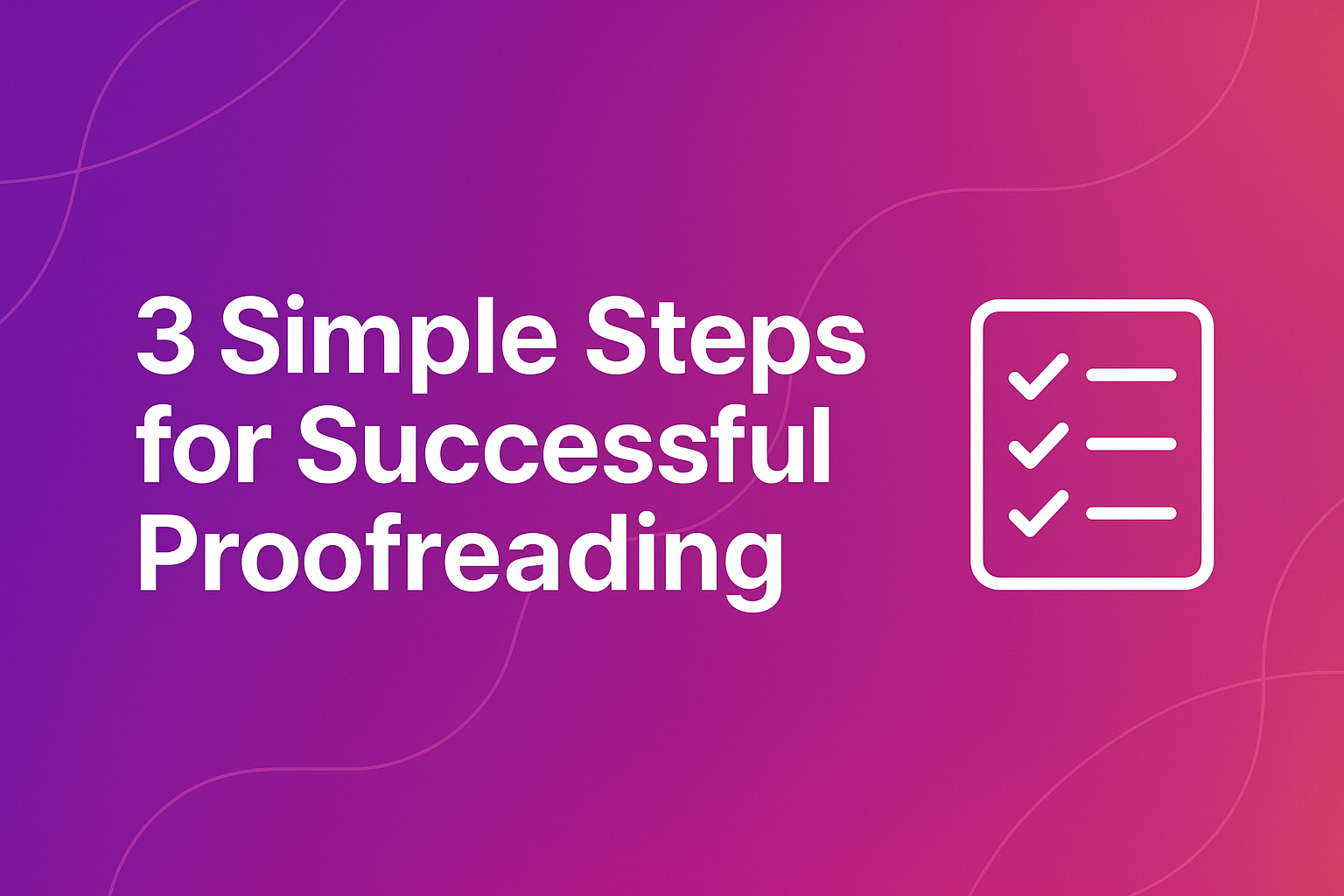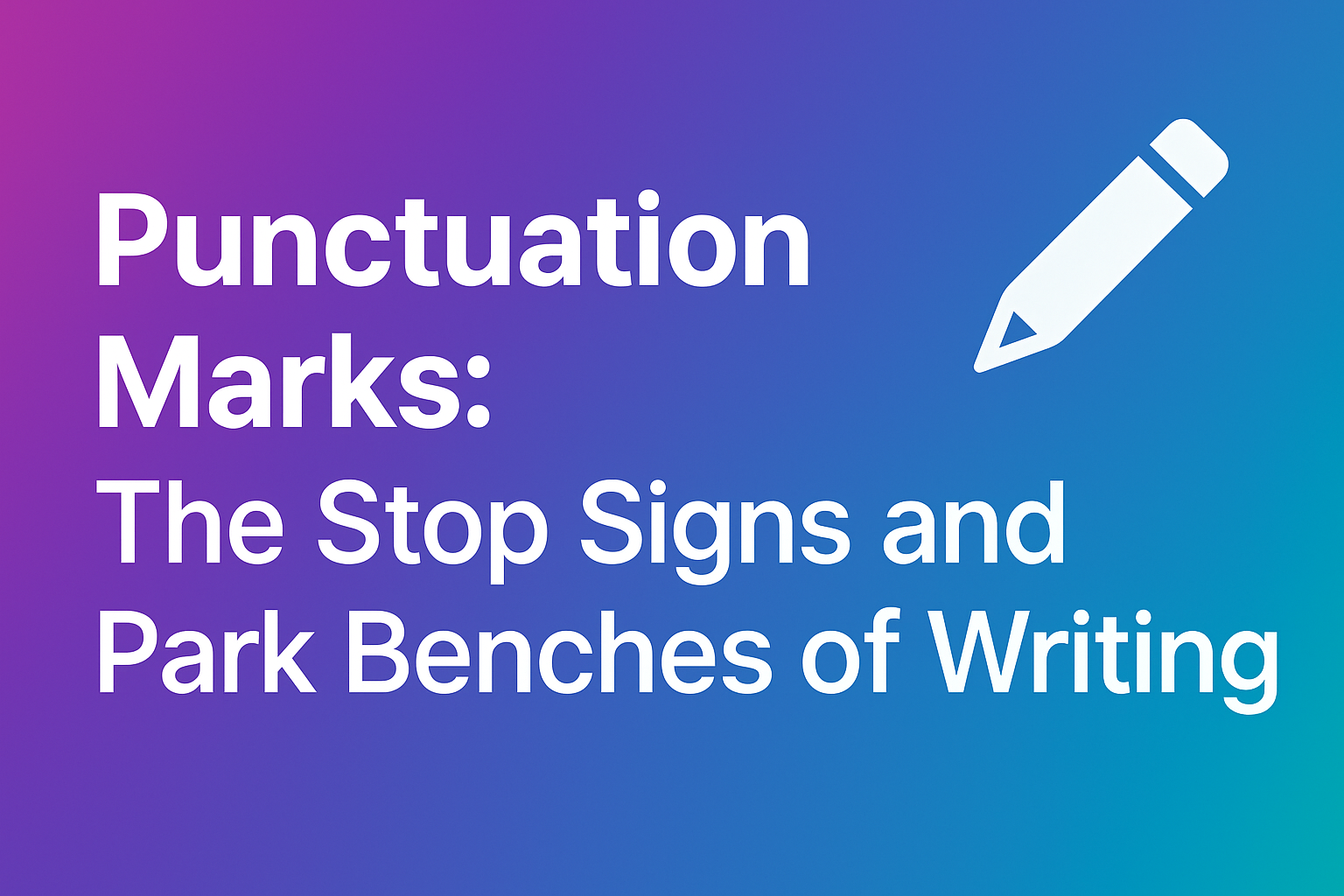
Grammar AI and the Future of Communication: Trends and Implications
Explore how artificial intelligence is transforming language correction, writing assistance, and the broader landscape of human communication.
Read articleCheck your papers for plagiarism with our advanced AI tools


In today's digital world, we have access to countless grammar checking tools and applications. While these tools are valuable, they can't replace a thoughtful human editor—especially when that editor is you. Self-editing is a critical skill that not only improves your current work but also strengthens your communication abilities over time. This guide will walk you through effective strategies to catch and correct grammar mistakes through self-editing.
Automated grammar checkers are convenient but have significant limitations:
Developing strong self-editing skills gives you more control over your text and helps you produce cleaner, more professional work.
The most important first step in self-editing is to create distance between your creation and editing phases:
Wait at least a few hours—ideally a day or more—before editing what you've produced. This helps you approach the text with fresh eyes and a more objective perspective.
Change how the text appears:
These changes help your brain perceive the text as new, making errors more apparent.
Effective self-editing isn't about fixing everything at once. Instead, use multiple focused passes:
Before worrying about grammar, ensure your material makes sense:
Fixing major structural issues often eliminates many sentences that would otherwise need grammar correction.
Next, focus on making each sentence clear and effective:
Now it's time to focus specifically on grammar:
Ensure subjects and verbs agree in number (singular/plural):
Incorrect: The group of students were studying. Correct: The group of students was studying.
Watch for compound subjects, intervening phrases, and collective nouns.
Check for unmotivated shifts in verb tense:
Incorrect: She walks to the store and bought some milk. Correct: She walked to the store and bought some milk.
Check for:
Incorrect: Each student must submit their paper by Friday. (agreement issue) Correct: All students must submit their papers by Friday.
Incorrect: John told Bill that he should finish his assignment. (unclear antecedent) Correct: John told Bill, "You should finish your assignment."
Look specifically for these common punctuation errors:
Ensure that items in a list or series follow the same grammatical pattern:
Incorrect: She enjoys swimming, to cycle, and running. Correct: She enjoys swimming, cycling, and running.
Check for misplaced or dangling modifiers:
Incorrect: Walking down the street, the trees were beautiful. Correct: Walking down the street, I thought the trees were beautiful.
In this pass, focus on:
Your final pass should catch any remaining surface errors:
Reading your text aloud is one of the most effective self-editing techniques. When you read silently, your brain often automatically corrects errors. Reading aloud forces you to process every word and often reveals:
To focus purely on spelling and word-level errors, try reading your text backward, word by word or sentence by sentence. This prevents your brain from getting caught up in the meaning, helping you spot typos and spelling errors.
Create personalized checklists based on your common errors. For instance, if you frequently mix up "affect" and "effect," add this to your checklist. Review these specific issues during your editing process.
Use your word processor's search function to find and review:
Have your computer read your text aloud. Hearing your words in another voice often highlights issues you might miss when reading.
Incorrect: Because it was raining heavily. Correct: We stayed home because it was raining heavily.
Incorrect: It was raining heavily we stayed home. Incorrect: It was raining heavily, we stayed home. Correct: It was raining heavily, so we stayed home. Correct: It was raining heavily. We stayed home.
Incorrect: The job requires writing reports, data analysis, and to attend meetings. Correct: The job requires writing reports, analyzing data, and attending meetings.
Incorrect: Mark told John he was wrong. (Who was wrong?) Correct: Mark told John, "You are wrong."
Incorrect: The teams uniforms were dirty. Correct: The team's uniforms were dirty.
Incorrect: The data shows interesting results. (if "data" is plural in your style guide) Correct: The data show interesting results.
Incorrect: She enters the room and sat down. Correct: She entered the room and sat down.
Potentially problematic: She decided to quickly finish the project. Alternative: She decided to finish the project quickly.
Potentially problematic: This is something I cannot agree with. Alternative: This is something with which I cannot agree.
Problematic: The report, which was written by the committee that had been formed last year to address the ongoing concerns about workplace safety in the manufacturing division, especially regarding the use of heavy machinery in the production line, was finally submitted to management.
Improved: The committee on workplace safety in manufacturing finally submitted their report to management. This committee, formed last year, focused particularly on heavy machinery safety in the production line.
Even the best self-editors benefit from another perspective. Consider seeking help when:
Options include:
To improve your self-editing skills over time:
While we've emphasized human editing, technology still has its place:
Remember that all technological tools should supplement, not replace, your judgment.
Self-editing is both an art and a skill that improves with practice. By creating distance, using a systematic approach, and focusing on common problem areas, you can significantly enhance the quality of your text. The time invested in developing strong self-editing habits pays dividends in clearer communication, greater credibility, and increased confidence in your work.
Even experienced editors continually refine their process. Start with the techniques that seem most relevant to your needs, and gradually incorporate others as you become more comfortable. With each document you edit, you'll not only improve that specific text but also develop skills that enhance all your future communication.

Explore how artificial intelligence is transforming language correction, writing assistance, and the broader landscape of human communication.
Read article
Master the art of proofreading with these three essential steps that will help you catch errors and polish your text to perfection.
Read article
Discover how proper punctuation serves as the essential traffic signals of written communication, guiding readers through your ideas with clarity and precision.
Read article